Imagine stepping outside your cave at sunrise and spotting a massive, saber-toothed predator stalking the horizon. For early humans, this wasn’t a wild dream—it was daily life! Prehistoric felines weren’t just big cats; they were legends, fierce competitors, and sometimes even neighbors. Let’s jump into a gallery of jaw-dropping ancient cats that roamed the Earth with our ancestors. Which one would you want as your roommate?
Saber-Toothed Superstar: Smilodon
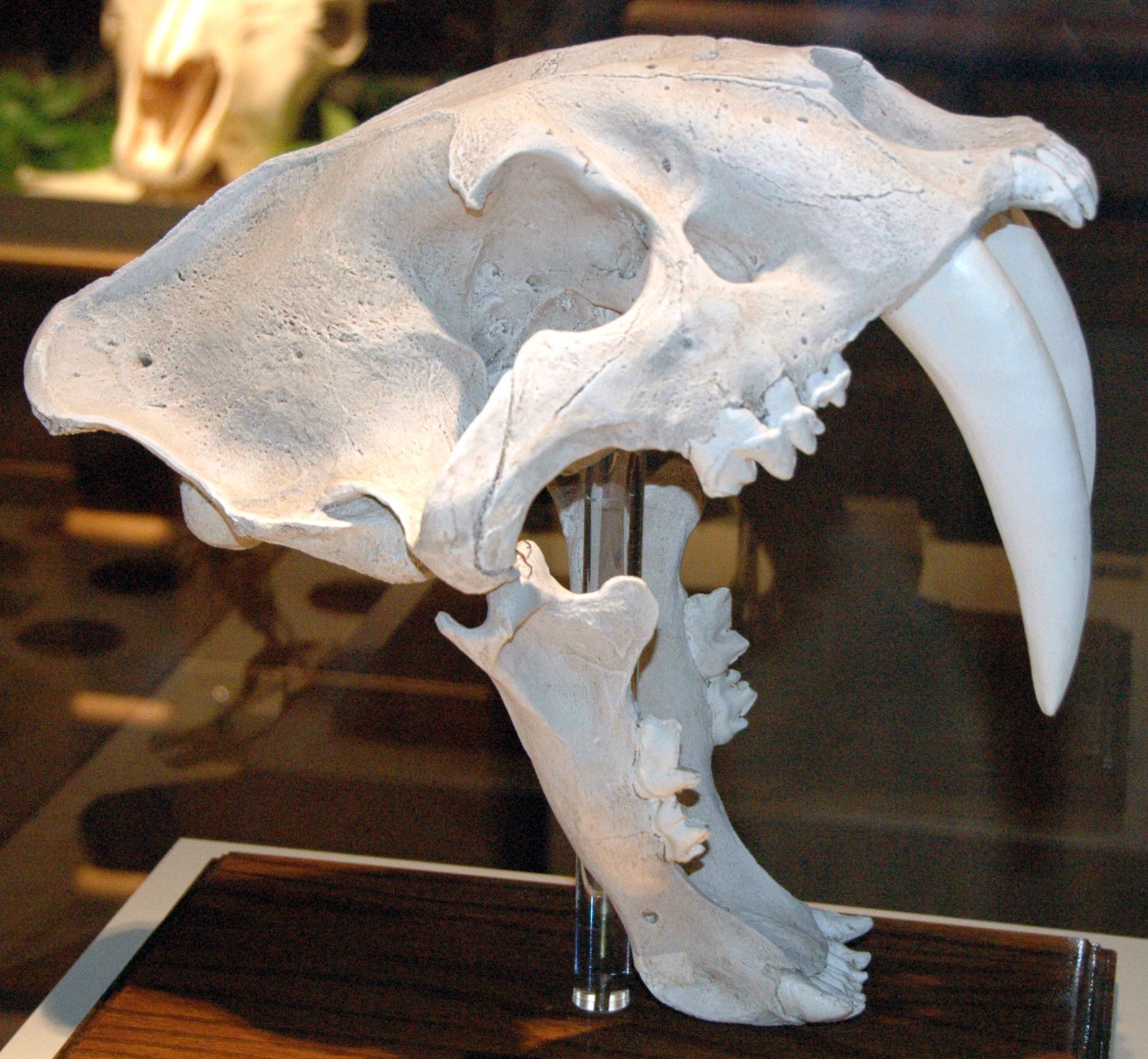
If there’s a prehistoric cat that could steal the show, it’s Smilodon—also known as the saber-toothed tiger. Imagine fangs longer than your fingers! Smilodon’s canine teeth could grow up to 11 inches, making it the ultimate ice age icon. But despite its terrifying look, Smilodon wasn’t a fast runner. Instead, it ambushed prey with sheer muscle and jaw power, often targeting slow-moving giants like bison. Fossil evidence suggests Smilodon lived in family groups, sharing meals and even caring for injured members. Early humans probably eyed these predators with a mix of awe and terror, always watching for those famous fangs in the tall grass.
Mighty Machairodus: The Ancient Lion-Lookalike

Meet Machairodus—the “big brother” of Smilodon, with a leaner build and blade-like canine teeth. This cat looked a bit like a modern lion but carried a pair of deadly scissors in its mouth. Unlike lions, Machairodus likely hunted alone, relying on stealth and surprise. Its fossils have been found across Europe, Asia, and Africa, making it a true world traveler. Early humans may have competed with Machairodus for food, or even scavenged its leftovers. Picture a lion with vampire fangs, prowling the ancient savannah while early humans kept a nervous eye on the shadows.
The Giant: Homotherium, the “Scimitar Cat”

Homotherium, nicknamed the scimitar cat for its curved teeth, was built for speed and teamwork. Unlike other saber-tooths, Homotherium’s canines were shorter, shaped like a pirate’s cutlass, and perfect for slicing. This cat was a pack hunter, much like today’s wolves, using cooperation to take down mammoths and giant deer. Fossils suggest Homotherium thrived across Europe, Asia, and the Americas, always close to water sources. Imagine early humans stumbling upon a pride of these sleek, tawny cats—probably enough to make anyone rethink their hunting plans for the day!
The Cave Lion: Panthera spelaea
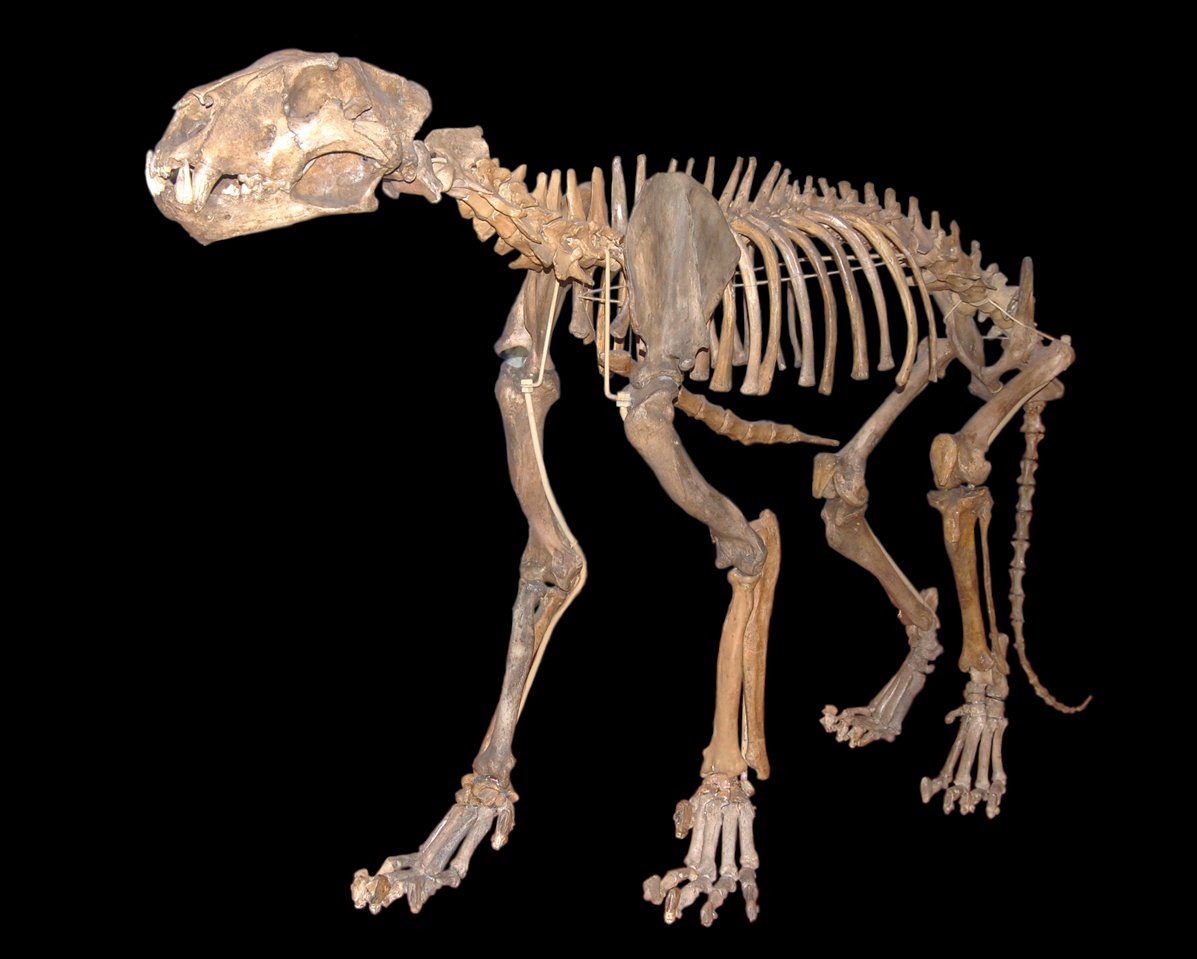
Bigger than any modern lion, Panthera spelaea—the Eurasian cave lion—was a true heavyweight. Some males stretched up to 11 feet long, making today’s lions look almost dainty. Cave paintings made by ancient humans show these lions with bushy manes and tufted tails, hinting at a striking appearance. Cave lions prowled the forests and grasslands of Ice Age Europe, preying on horses, reindeer, and sometimes even the occasional unlucky human. Early humans were so fascinated by these beasts, they carved and painted their images deep inside dark caves, leaving us a window into a world where lions ruled the land.
Prowling the High Arctic: Panthera atrox
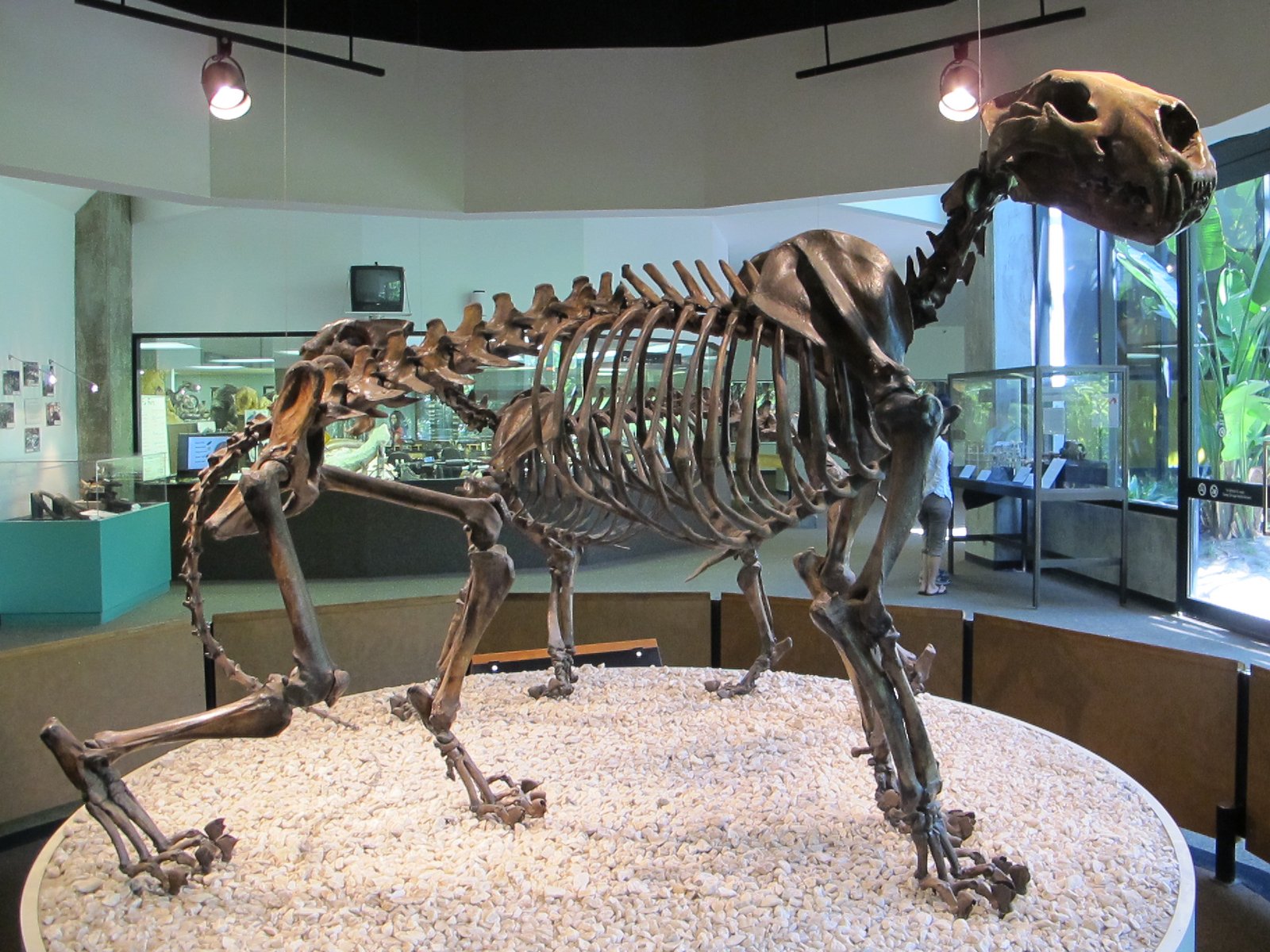
The American lion, Panthera atrox, was the largest cat in North America’s prehistoric wilderness—up to 25% bigger than Africa’s modern lions! Living from Alaska to Mexico, Panthera atrox was a master of open plains and icy forests. This cat hunted huge prey, from bison to camels, using sheer size and strength to overpower its victims. Fossils found with cut marks suggest early humans sometimes scavenged Panthera atrox’s kills—or maybe even faced off against the big cat for a fresh meal. Just picture a lion so massive, standing nose-to-nose with a human, both wary and wild-eyed.
The Tree-Climbing Specialist: Dinofelis
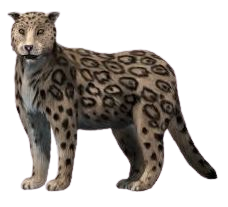
Dinofelis, meaning “terrible cat,” lived up to its name with powerful jaws and a knack for climbing trees. Unlike the larger saber-toothed cats, Dinofelis was more compact—think of a leopard with a mischievous glint in its eye. Fossils show it lived in Africa and Eurasia, often near rivers and forests. Scientists believe Dinofelis may have preyed on early hominins, as bones with bite marks have been found near ancient human sites. That’s right—our ancestors weren’t just hunting; sometimes, they were being hunted! If you ever feel like something’s watching you from the trees, you’re channeling your inner prehistoric human.
The Mysterious Megantereon: The Compact Killer
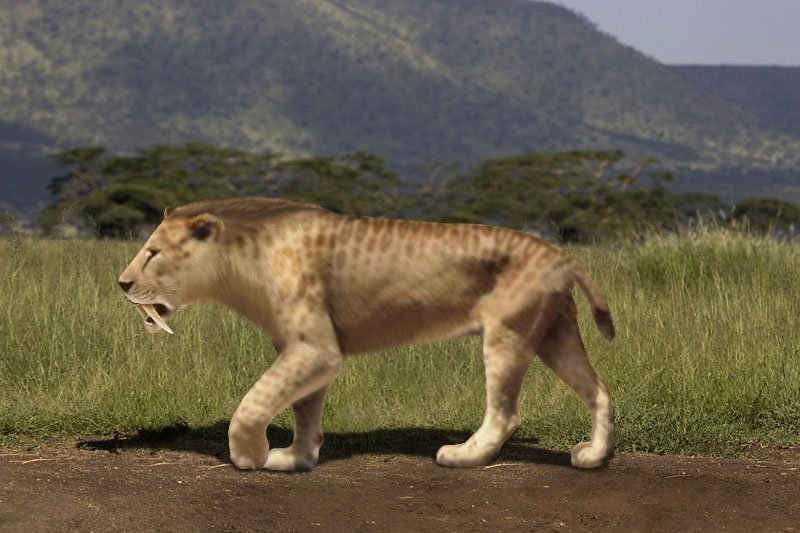
Megantereon may not have been the biggest saber-tooth, but it was one of the most adaptable. This cat roamed from Africa to Europe and Asia, using its strong forelimbs and stout canines to bring down tough prey. Megantereon lived side-by-side with both early humans and other big cats, making it a true survivor. Its fossils pop up near ancient tool sites, suggesting humans and Megantereon were sometimes neighbors—or rivals. With a body built for wrestling and a face full of teeth, Megantereon was the kind of cat you’d hope to spot from a safe distance.
Short-Faced Surprise: Xenosmilus
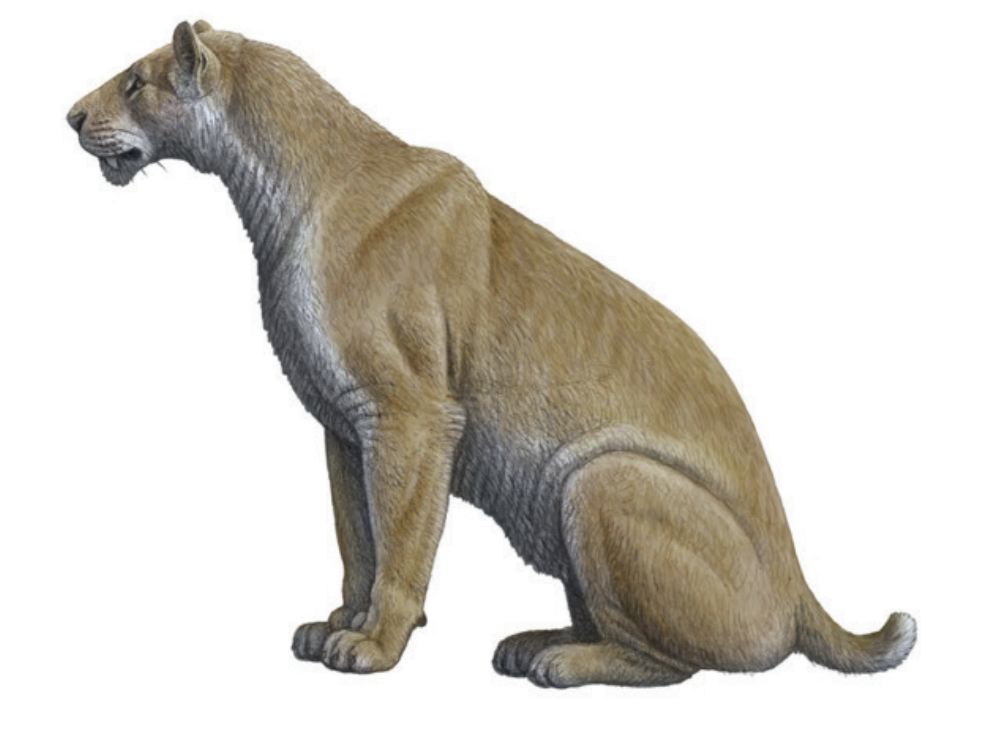
Xenosmilus, sometimes dubbed the “cookie-cutter cat,” had a jaw structure like no other. Instead of long sabers, it sported short, thick canines and a wide, muscular face—perfect for delivering crushing bites. This predator could slice through flesh and bone in a single bite, making it a terrifying presence for any Ice Age creature. Fossils found in Florida show Xenosmilus may have hunted in groups, ambushing giant peccaries and other herd animals. If you ever wondered what it’d be like to face a prehistoric bulldog-cat hybrid, Xenosmilus is your answer.
Scimitar Cat of the Steppes: Homotherium serum
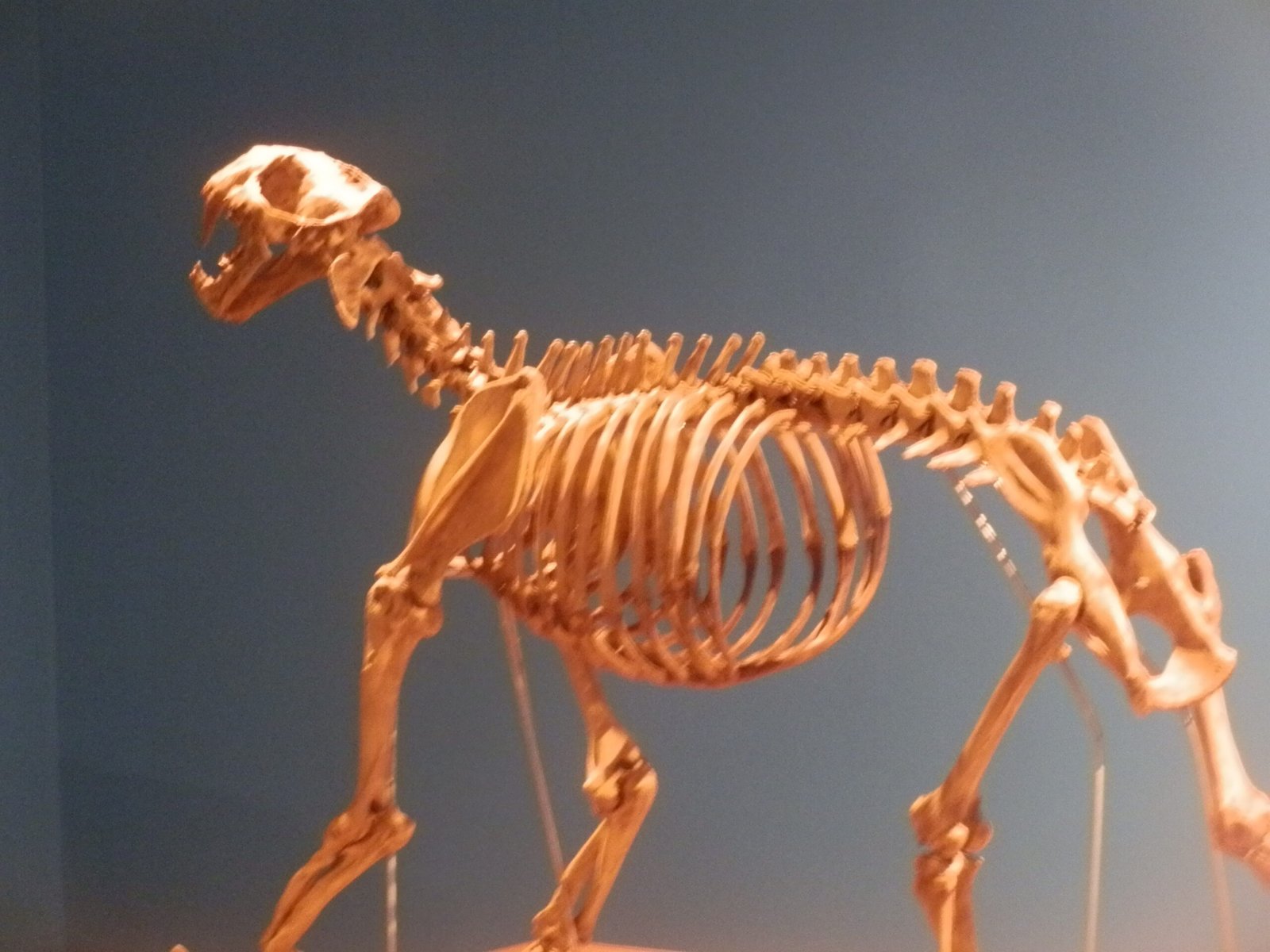
A subspecies of the famous scimitar cat, Homotherium serum, ruled the North American plains for thousands of years. With long legs for running and a sloped back, it looked like a cross between a hyena and a cheetah. Homotherium serum’s curved sabers were shorter than Smilodon’s but just as deadly. These cats may have hunted in packs, coordinating attacks on mammoths and horses. Early humans sharing the landscape with Homotherium serum needed sharp eyes and quick reflexes—one wrong step and you’d be on the menu.
The Nimble Leopard Ancestor: Panthera pardus spelaea
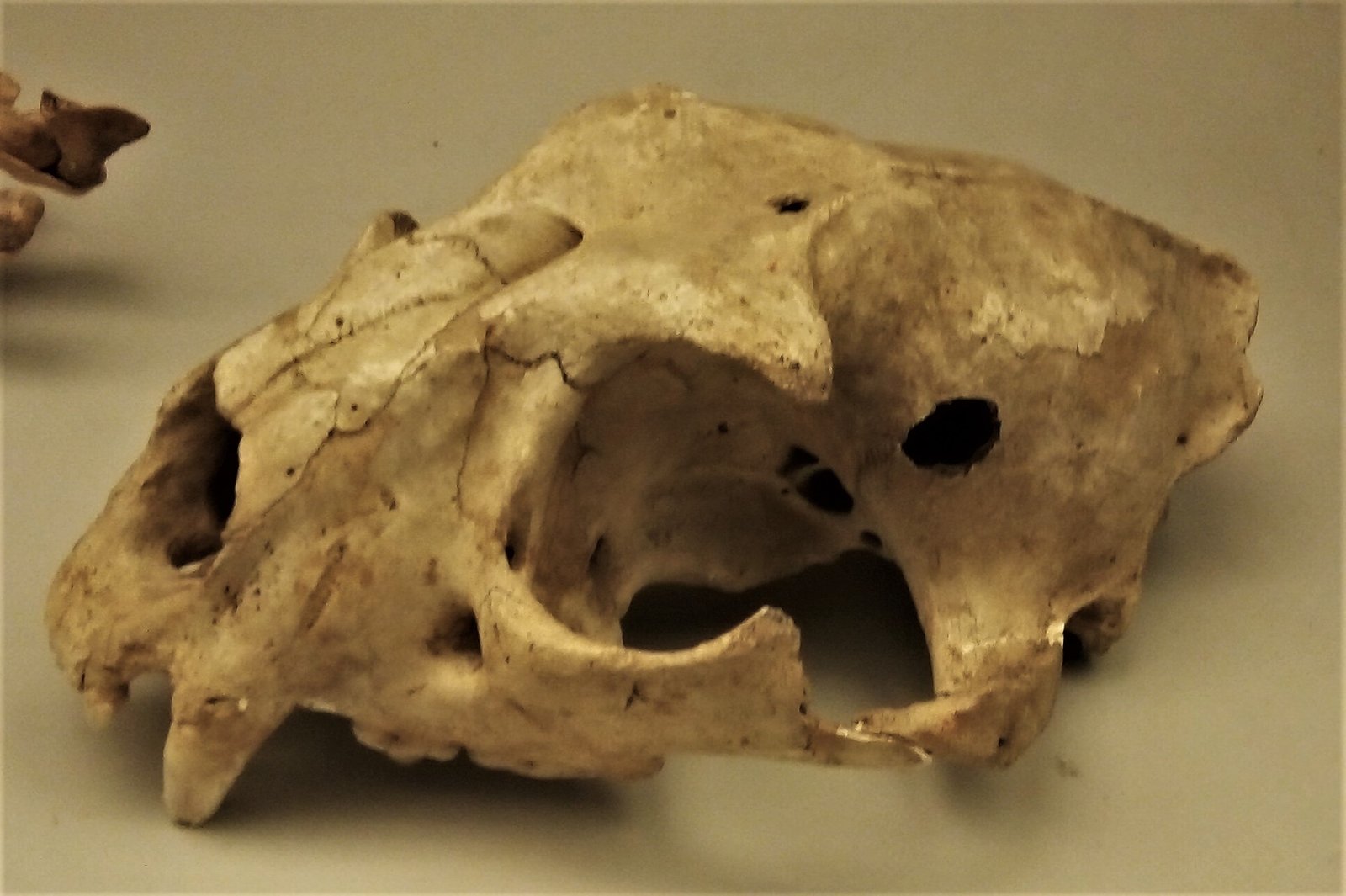
This Ice Age version of today’s leopard, Panthera pardus spelaea, prowled the forests of prehistoric Europe and Asia. Smaller and more agile than its saber-toothed cousins, this cat was a master of ambush. It likely hunted deer and smaller mammals, using stealth and speed rather than brute force. Panthera pardus spelaea’s fossils are often found near early human settlements, hinting at a long relationship—sometimes as predator, sometimes as a scavenger. Imagine a modern leopard, but with a wild edge and a talent for disappearing into the shadows.
Jaguar’s Giant Relative: Panthera onca augusta

Meet the Ice Age’s supersized jaguar—Panthera onca augusta. This cat was much larger than today’s jaguars, with a bulkier build and an appetite to match. Roaming from the southern U.S. down to South America, it hunted large herbivores and probably didn’t shy away from a run-in with humans. Panthera onca augusta was a solitary stalker, blending into thick forests and pouncing with deadly precision. Its fossils tell a story of adaptability, survival, and fierce independence—a true ghost of the ancient Americas.
Pleistocene Panther: Panthera palaeosinensis
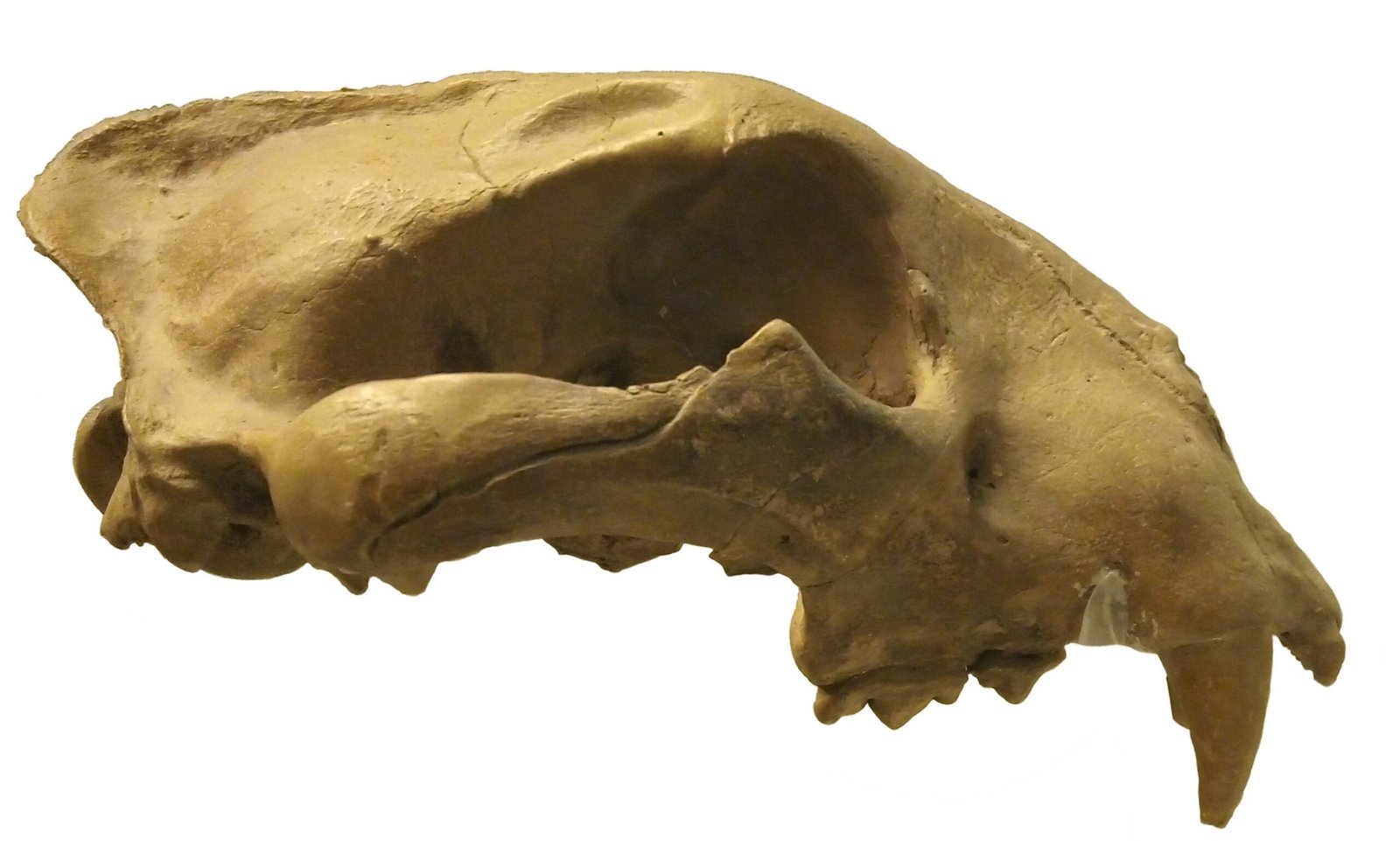
Panthera palaeosinensis is one of the earliest members of the panther family, living in Asia during the Pleistocene. This cat bridges the gap between ancient felines and the big cats we know today, showing features of both. It was about the size of a modern jaguar and likely filled a similar role in its ecosystem. Early humans may have encountered Panthera palaeosinensis while hunting large game on the Asian steppe, sometimes competing for the same prey. Think of it as the “missing link” in the family tree of roaring cats.
The African Enigma: Panthera leo fossilis

Before today’s lions dominated the savannah, Panthera leo fossilis ruled Africa and parts of Europe. This prehistoric lion was even bigger than its modern relatives and sported a robust, muscular build. Fossils show it shared territory with early humans, who likely respected and feared this powerful predator. Panthera leo fossilis hunted large herbivores and may have lived in loose prides, much like modern lions. Picture a lion with a bodybuilder’s physique, striding through ancient grasslands with the confidence of a king.
The Spotted Hunter: Acinonyx pardinensis

Acinonyx pardinensis, the giant prehistoric cheetah, was built for speed and surprise. Unlike today’s cheetah, this cat was much larger and lived across Europe and Asia. Its long legs and flexible spine made it a blur on the chase, capable of outrunning most Ice Age prey. Early humans would have marveled at Acinonyx’s lightning-fast sprints, giving it a wide berth on the open plains. Imagine a cheetah the size of a lion, dashing past startled mammoths and humans alike.
The Swamp Stalker: Lynx issiodorensis

Long before the modern lynx prowled forests, Lynx issiodorensis haunted the wetlands and woodlands of Europe. This prehistoric lynx was larger than today’s species, with long legs and tufted ears. It hunted small to medium-sized prey, using patience and stealth rather than speed. Fossils found near ancient human camps suggest the two species often crossed paths—sometimes as competitors, sometimes as dinner. If you’ve ever watched a modern lynx disappear into the underbrush, you’ve witnessed a bit of Lynx issiodorensis’s legacy.
The Jungle Ghost: Panthera zdanskyi
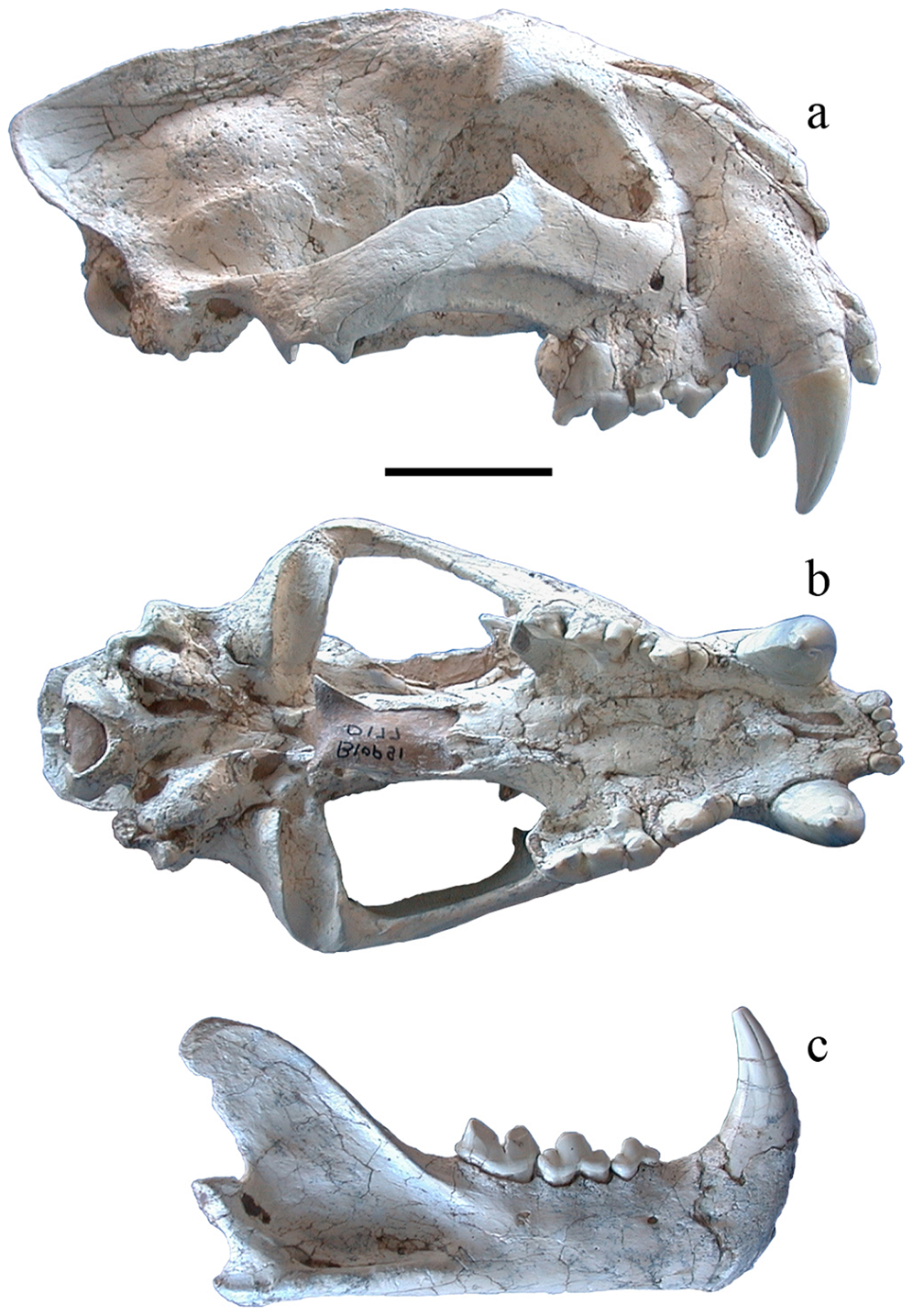
Panthera zdanskyi is a mysterious big cat from early Pleistocene China, known only from a few fossil fragments. Scientists believe it’s a close relative of the modern tiger, with a powerful build and striped camouflage. This cat stalked the dense forests, hunting deer and boar, and was likely a top predator in its realm. Early humans in the region would have needed sharp instincts to avoid becoming prey themselves. Panthera zdanskyi is a reminder that even in the shadows, ancient cats ruled the wild.
The Mountain Hunter: Puma pardoides

Puma pardoides, sometimes called the Eurasian cougar, lived in Europe and Asia during the Ice Age. This big cat looked like a modern cougar but was slightly larger and stockier. It preferred rocky hillsides and forests, where it could ambush deer and wild goats. Fossils suggest Puma pardoides shared its territory with early human hunters, both seeking shelter in caves and crevices. Imagine hiking a misty ridge and locking eyes with this silent, tawny predator—every step a game of hide and seek.
Sabertooth of South America: Thylacosmilus
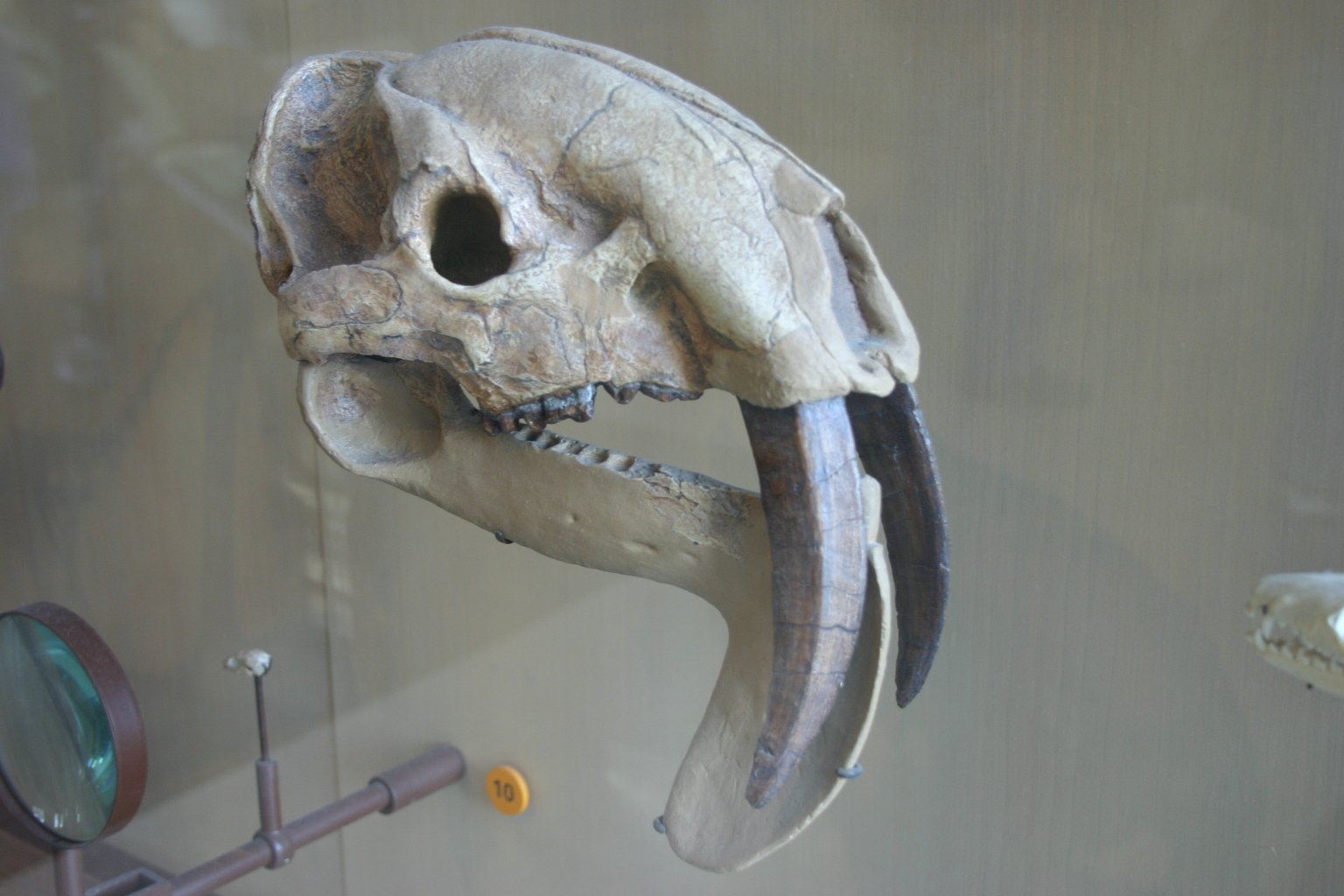
Thylacosmilus, the “marsupial saber-tooth,” wasn’t a true cat but looked the part. Native to South America, it boasted enormous, downward-curving fangs and a jaw built for slicing. Unlike other saber-tooths, Thylacosmilus carried its young in a pouch, like a kangaroo. Early humans who migrated south may have encountered this bizarre predator while exploring new lands. If you think today’s animals are weird, just imagine a saber-toothed kangaroo-cat lurking in the pampas!
The Forest Phantom: Leopardus vorohuensis

Leopardus vorohuensis, a small wildcat from prehistoric South America, was a master of disguise. With its spotted coat and nocturnal habits, it slipped through the shadows, hunting rodents and birds. This cat’s fossils are often found near ancient human sites, hinting at a shared habitat—and maybe the occasional stolen meal. Leopardus vorohuensis is proof that not all ancient cats were giants; some survived by simply blending in and waiting for the right moment.
The Arctic Lynx: Lynx spelaea

Lynx spelaea, or the cave lynx, prowled the snowy forests of Ice Age Europe. Larger and tougher than modern lynxes, it sported thick fur and massive paws for trekking through deep snow. This cat hunted hares, birds, and even young deer, sometimes following herds across frozen landscapes. Early humans and Lynx spelaea both relied on the same game for survival, making them quiet competitors in a cold, harsh world. Imagine a fluffy, ghostlike lynx vanishing into a winter storm—nature’s silent hunter.
The Ancient Caracal: Caracal caracal sivalensis

Caracal caracal sivalensis, a prehistoric cousin of today’s caracal, lived in Asia’s open woodlands and grasslands. With its tall ears and powerful jump, it was a master at catching birds on the wing. Early humans might have admired the caracal’s agility, or maybe seen it as a rival for small game. This cat’s fossils tell a story of resilience and adaptability, thriving in changing climates and shifting landscapes. If you’ve ever watched a caracal leap, you’ve glimpsed the athletic grace of its ancient ancestor.
The Stealthy Stalker: Prionailurus bengalensis chinensis
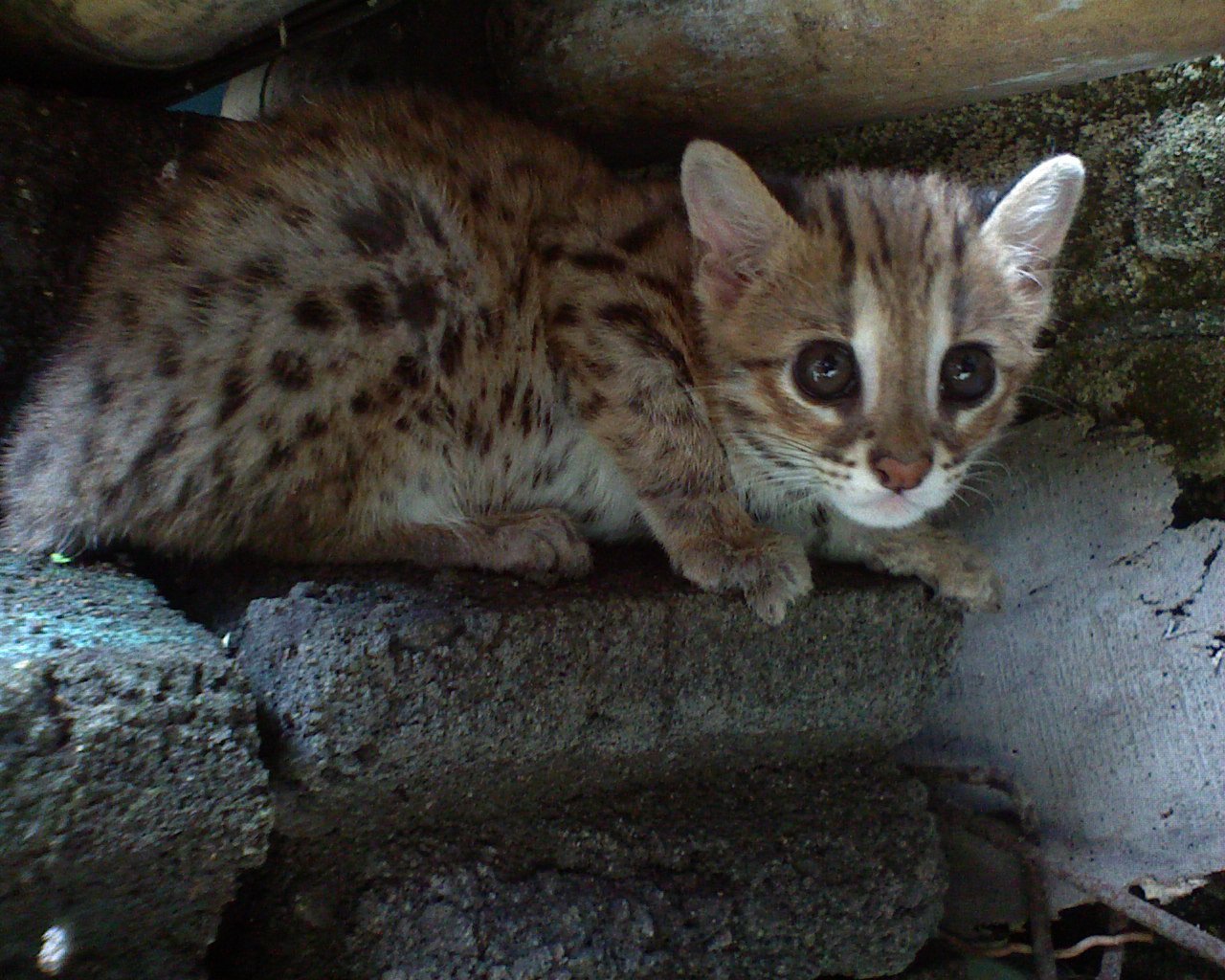
Before modern leopards and tigers dominated Asia, Prionailurus bengalensis chinensis—the ancient leopard cat—crept through the forests. Small but fierce, this cat specialized in hunting birds and rodents, slipping through the undergrowth with barely a sound. Early humans probably appreciated its rodent-control skills, even if they kept a wary eye on their food stores. Prionailurus bengalensis chinensis is a reminder that sometimes, the smallest predators have the biggest impact on their world.
The Golden Cat: Pardofelis marmorata palaeosinensis

This prehistoric golden cat, an ancestor of today’s marbled cat, prowled the dense forests of ancient Asia. With a beautifully patterned coat and agile limbs, it was the ultimate tree-climber. Pardofelis marmorata palaeosinensis hunted birds, squirrels, and monkeys, often leaping from branch to branch in pursuit. Early humans would have rarely seen this elusive cat, but they surely felt its presence in the treetops above. It’s a living reminder that not all ancient cats were ground-bound stalkers—some preferred the world above.
The Bushy-Tailed Beauty: Felis silvestris lunensis

Felis silvestris lunensis, an ancient wildcat, roamed Europe’s forests and meadows long before domestication. With a bushy tail and thick coat, it braved cold winters and hunted small mammals. Early humans and Felis silvestris lunensis probably crossed paths often, sometimes as competitors, sometimes as uneasy neighbors. This cat’s adaptability set the stage for the eventual partnership between humans and domestic cats—a relationship still going strong today.
Which of These Prehistoric Cats Would You Want as a Neighbor?

So there you have it—a parade of prehistoric felines, each wilder and more fascinating than the last. Can you imagine meeting a saber-toothed tiger on your morning walk, or spotting a golden cat leaping through the treetops? Some of these cats were terrifying, others mysterious, and a few—dare we say—almost adorable. Each one left a paw print on the world we share today. Which ancient cat would you be brave (or crazy) enough to meet in the wild?

Suhail Ahmed is a passionate digital professional and nature enthusiast with over 8 years of experience in content strategy, SEO, web development, and digital operations. Alongside his freelance journey, Suhail actively contributes to nature and wildlife platforms like Feline Fam, where he channels his curiosity for the Feline into engaging, educational storytelling.
With a strong background in managing digital ecosystems — from ecommerce stores and WordPress websites to social media and automation — Suhail merges technical precision with creative insight. His content reflects a rare balance: SEO-friendly yet deeply human, data-informed yet emotionally resonant.
Driven by a love for discovery and storytelling, Suhail believes in using digital platforms to amplify causes that matter — especially those protecting Earth’s biodiversity and inspiring sustainable living. Whether he’s managing online projects or crafting wildlife content, his goal remains the same: to inform, inspire, and leave a positive digital footprint.






